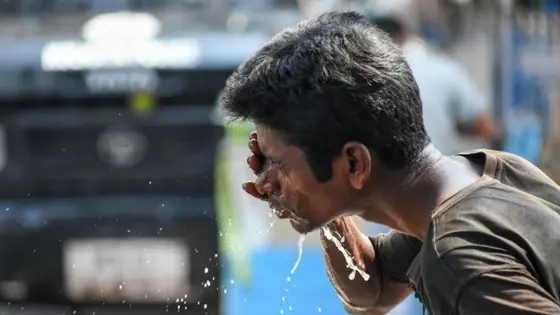
WHO explains: How does heat harm you? How can you protect yourself?
Dr Joy Shumake-Guillemot discusses the importance of recognizing heat illness signs and offers tips on protecting yourself during hot weather. Find out how to create a personal heat plan and stay safe both indoors and outdoors.
How does heat affect our health, and who is vulnerable? Dr Joy Shumake-Guillemot, head of the joint climate and health office for the World Health Organisation and World Meteorological Organisation, highlights that even young and healthy individuals can be impacted by heat and that to protect ourselves, it is crucial to recognize the signs of heat exhaustion and heat stroke and take them seriously.

Outdoor activities, particularly in hot weather, can pose risks, affecting exercisers and workers who spend extended periods in the heat. Heat illness cases are also common at festivals and outdoor gatherings, where people may underestimate their exposure to heat and fall sick as a result, she said while taking part in WHO's 'Science in 5' programme.
Developing a personal heat plan during hot weather is essential. Staying hydrated, taking breaks in the shade, wetting the skin to cool down, and being mindful of indoor temperatures are key factors in keeping cool and healthy. It's important to remember that heat-related illnesses can occur both outdoors and indoors, with indoor spaces sometimes being hotter than outside, making shaded areas the safest spots during hot days, she added.